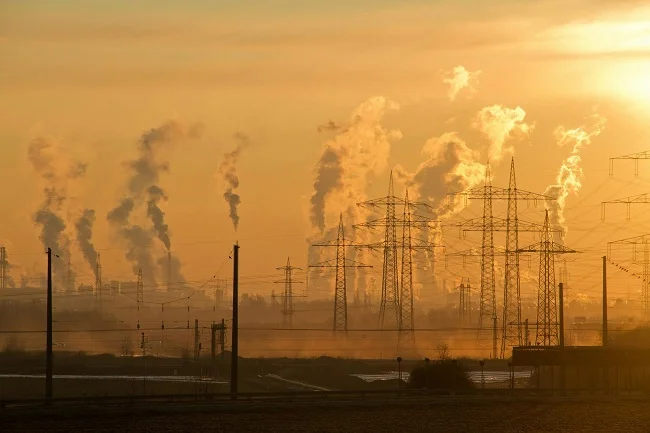
Delhi and its surrounding National Capital Region (NCR) remain under strict anti-pollution measures, with the Supreme Court reaffirming that the Graded Response Action Plan (GRAP-IV) will remain in force for at least 72 more hours. The city’s Air Quality Index (AQI) stands at 371, firmly in the ‘very poor’ category, as concerns about enforcement and long-term solutions dominate the discourse.
Supreme Court’s Tough Stance
The Supreme Court, led by Justice Abhay S Oka, emphasized maintaining control over the rollback of GRAP levels, stating it will review compliance with orders by the Delhi government on Monday. Any decision to ease restrictions, such as moving to GRAP-III or GRAP-II, will hinge on the city’s progress in addressing the pollution crisis.
Justice Oka highlighted enforcement issues, particularly with the entry of trucks into the NCR. Under GRAP-IV, trucks and commercial vehicles carrying non-essential goods are banned from entering the region, but implementation has been questioned. The court demanded detailed plans and expert monitoring at 113 border checkpoints to ensure compliance, dismissing the Delhi government’s earlier claims as “arbitrary” and “meaningless.”
GRAP-IV Measures in Effect
Transport Restrictions: Entry of non-essential trucks and commercial vehicles is prohibited. BS-IV and older diesel vehicles are also barred.
Education and Work: Schools have shifted to online mode, and private offices are encouraged to allow remote work. Government offices have implemented staggered timings.
Public Advisory: Residents have been urged to wear anti-pollution masks outdoors.
Despite the AQI being below the GRAP-IV threshold of 450, the court insisted the restrictions remain to prevent further escalation.
Post-Diwali Pollution and Political Blame Game
Delhi’s air quality has plummeted since Diwali, with toxic smog blanketing the city daily. The court criticized the government and police for their failure to enforce firecracker bans, calling their explanations an “eyewash.” Health experts warn that the smog is causing a rise in respiratory illnesses, adding to the public health crisis.
The Bharatiya Janata Party (BJP) and the ruling Aam Aadmi Party (AAP) have traded barbs over the worsening pollution. BJP Delhi chief Virendra Sachdeva blamed AAP’s governance and ineffective measures, including dust control and stubble burning mitigation. In response, Delhi Chief Minister Atishi accused the central BJP government of neglecting the issue and politicizing pollution.
What’s Next?
The Supreme Court will assess the situation again on Monday, with enforcement and compliance being key to any easing of restrictions. Meanwhile, Delhi residents endure hazardous air, hoping for sustained action against pollution sources like vehicular emissions, construction dust, and stubble burning.
With elections in February, the pollution crisis continues to serve as both a governance challenge and a political battleground.